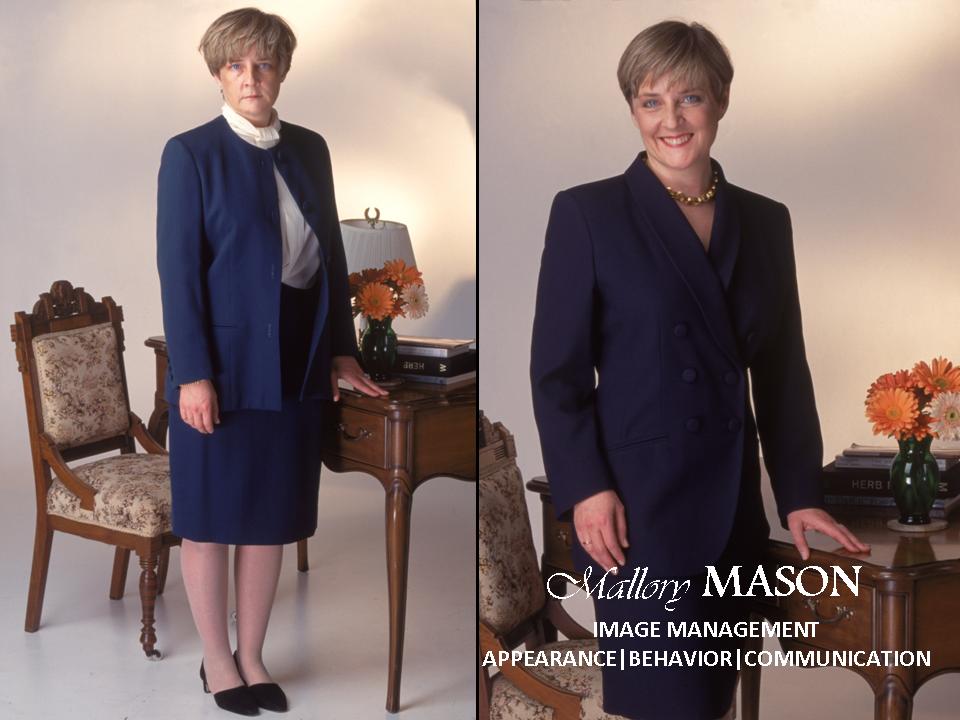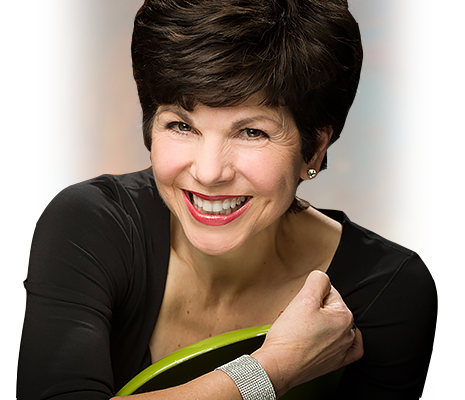
With current workplace trends in casual dress and working remotely, it’s sometimes difficult to pull yourself together in a more professional way. For example, right now, I’m wearing summer shorts, a Stanford University tank top, I’m barefoot, my hair is a mess, and I’m wearing absolutely no makeup. I feel great, and I’m being productive in my work, but I can’t leave my home office for fear that I’ll run into people.
You might say, what’s the big deal how we dress? Shouldn’t we be allowed to be comfortable while we work? Why do we have to dress “to impress?” Why can’t people just accept who we are without all the trappings?
Well, yesterday I had to drop off a box of my new books, Stop Global Boring, to Bodytalk Boutique, the host of a book signing party for me next week. I took a look in the mirror and asked myself if I looked like a successful author? The answer was clear…..a quick change was needed. I forced myself to dress up for the delivery run. It was a good call.
A few days before that, I ran into my neighbor who is between jobs right now. She was mowing her lawn on her ride-on John Deere tractor wearing her gardening dungarees. I’ve seen her in this comfortable attire on more than one occasion since she was laid off from her corporate IT job last Spring. She shared with me how reticent she is to go out and network. She feels she is not ready because her resume is not yet perfected. I invited her to my home for a career coaching session on Friday. I told her to dress up for our session, as if she was going for a job interview.
One more example. Last week I taught a series of communication skills training classes to a group of high potential employees involved in a talent development program of a Fortune 50 company. The participants were from many different countries, all smart and highly motivated, and all under 30 years of age. Some of them showed up in jeans, while others selected more professional attire (e.g., dresses, button down shirts, sport coats). No one wore a tie, but one gentleman sported a colorful bow tie, claiming to be the “best dressed” person in the program. He certainly stood out, in a good way.
“Get up, dress up, show up, and never give up.”
– Genevieve Rhode
During one of their practice presentations, one of the participants who was framing a discussion on casual dress code, used the playful expression, Get Up. Dress Up. Show Up. I asked him if he had invented this phrase, and he said that he had heard it somewhere. With a quick Google search, I discovered that this clever phrase is part of a quote from Genevieve Rhode. I see her quote everywhere, but I can’t find out who she actually is. Does anyone know of her?
How you dress is a part of your nonverbal communication. In my presentation training classes, I explain that your audience formulates the meaning of your communication in large part from your nonverbal communication. Everything that they SEE impacts your communication, including your gestures, eye contact, movements, posture, breathing, what you do, and what you wear. That means that your personal appearance is part of the VISUAL information being presented. And it matters a great deal.
In the context of giving a presentation, you, as the speaker, are the focus of the communication. All eyes are on you. You are positioned as the subject matter expert, unless you do something to diminish that credibility. What they see and hear during your presentation can make all the difference in the actions and decisions they decide to take…or not take.
Of the two professionals below, which one are you more likely to take seriously in a presentation?

Eight tips to safeguard your personal presentation
Here are a few tips on managing your appearance during your presentation:
- Plan to dress one cut above what your audience is wearing. If they dress casual, you dress business casual. If they dress business casual, you dress business. If they dress business attire, you…..engage the services of an image consultant.
- Wear clothes and shoes that you can easily move in (without breaking your neck). High heels look great when you are standing, but could be a major risk factor if you plan to move during your presentation. Be fashion-conscious and practical. Wear clothes that move with you.
- The power of pockets, belts, and collars. If you plan to use a Lavalier microphone, make sure your outfit has sturdy places for you to clip on the microphone. You’ll need to clip the main device at the waist on your back (pant belt for men, and for women a skinny belt worn over or under a dress, back of pants or skirt. Make sure fabric is sturdy enough to hold the weight of the device). You’ll also need a place to clip the microphone near your mouth. Beware of lightweight fabrics, unusual necklines or “noisy” necklaces that may interfere with the microphone’s ability to project your voice.
- Stylish but not distracting. While it’s tempting to wear those sexy tiger print suede pumps (and you look so fabulous in them), they might distract your audience. The same holds true for outrageous jewelry, large rings, tons of bracelets, crazy hats, and revealing clothing. While it might get you noticed, your choice of garments and accessories might also trump your big ideas and key message. That’s a bad thing.
- Nothing worn for the first time. While it’s tempting to buy a new outfit for your big presentation, don’t wear it “for the big show” until you have worn it in. You don’t need to introduce any additional risk, like shoes that hurt, or a dress that opens up when you bend down, or jacket whose pockets are still sewn shut when you go to put something in them. Test drive all your garments before you wear them on stage. I once had a client who purchased a new suit for a major job interview presentation. We did her mock interviews in the new garments. I noticed that when she wore the skirt and the jacket, she repeatedly adjusted herself in the chair. When she switched to the pants and jacket combo, the distracting adjustments went away. That’s the outfit she wore for the actual presentation…and she landed the new job!
- Clean, pressed, and shined. Spend time identifying and preparing all of your garments and accessories in advance. Have your shoes professionally polished. Have your suit professionally dry-cleaned and remove those horrible annoying tags they put on them! Cut loose the garment ribbons from the women’s shoulders (only meant for store merchandising, not home). Clean, trim, and buff your nails (both women and men) or plan a trip to the nail salon the day before the presentation. Schedule time a week in advance for a hair cut and style.
- Add some color and wear a smile. While black is classic and beige is neutral and safe, when you are presenting it’s a good idea to add some color to your personal presentation. You want to stand out from the walls and the screen behind you. You do not want to blend in with them. Avoid busy patterns. Go for strong, bold colors. And remember to smile and lighten up your face now and then. A smile costs you nothing and it can have one of a very positive impact on your audience.
- Hire an image consultant if the presentation is really high-stakes. Consider having a closet audit conducted and get professional help in deciding what gets to stay in your closet and what simply must go. A well qualified image consultant can really help you to power up your professional image. It’s a smart investment in your future. (see before/after example of the work of image consultant Mallory Mason)
Perception is reality
What you wear is what they see. And what they see is part of the information they are are receiving from you. Decide what information and message you want to send. It’s your job as the communicator to understand how to influence, inspire, and motivate your audience to action. If you want your audience to take you seriously and follow your advice, you’ll be mindful of your visual presentation, including your wardrobe and personal appearance.
Before you show up, remember the step before that: dress up.

